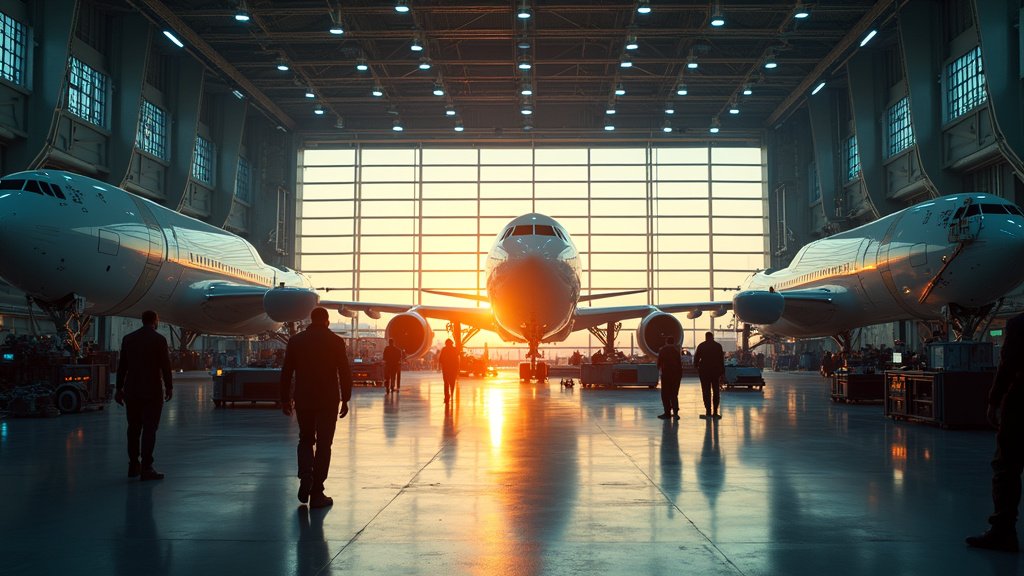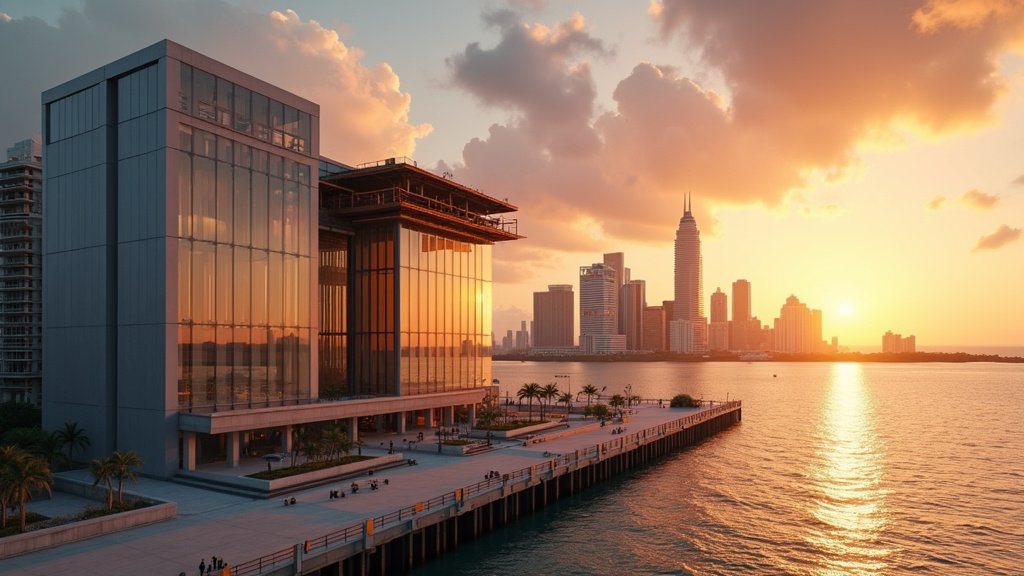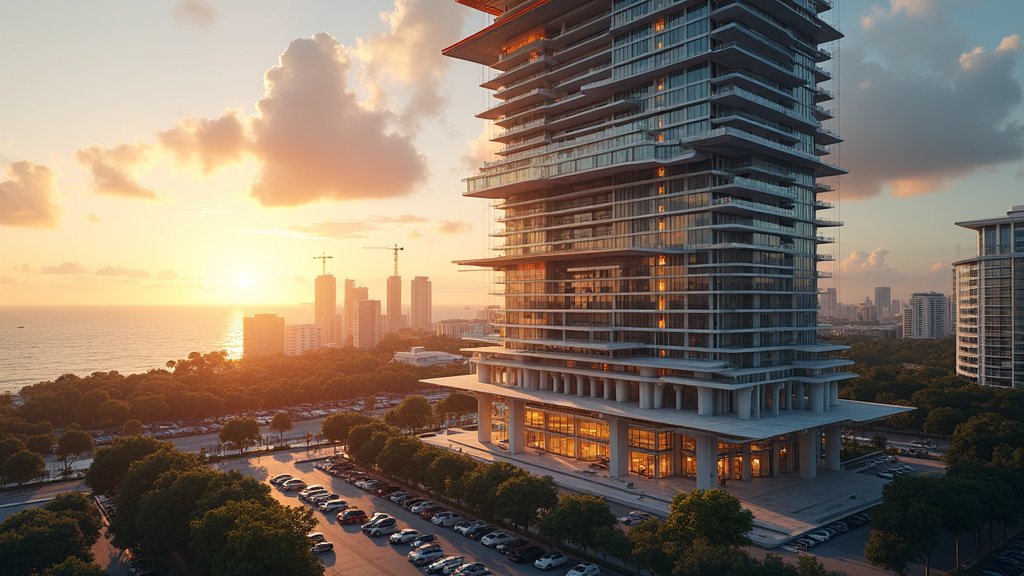Miami International Airport (MIA) is on the cusp of securing a vital piece of land crucial for its ongoing expansion, engaging in a time-sensitive deal to re-acquire two county-owned hangars. This strategic move is set to pave the way for a significant expansion of the airport’s maintenance operations, a development Aviation Director Ralph Cutié has highlighted as pivotal for accommodating projected surges in airline activity, passenger traffic, and cargo volumes. The acquisition targets a substantial area along Northwest 36th Street, which, following the demolition of existing structures, will become a cornerstone of MIA’s future operational capacity.
MIA, a critical economic engine for Miami-Dade County, has been grappling with the challenge of limited space, often described as being “landlocked” due to its prime location in a highly developed area. The cost of acquiring additional land has historically been a significant hurdle. However, this latest initiative aims to overcome these constraints by strategically reacquiring existing county-owned assets to unlock space essential for maintenance repair operations – a key component of the airport’s long-term master plan. Director Cutié has emphasized that the planning staff has been diligently working on the airport’s master plan for several years, with the expansion of maintenance capabilities being a central element to support the airport’s ambitious growth targets.
A Pivotal Deal for Projected Growth
The urgency and significance of this land deal are underscored by its direct connection to MIA’s impressive growth trajectory. Last year, the airport handled a record 56 million passengers, a figure projected to climb to an astounding 77 million by 2040. Concurrently, cargo operations have seen robust performance, with freight tonnage soaring by 13.74% in July compared to the previous year. While international and domestic passenger numbers have seen minor fluctuations, the overall trend points towards sustained expansion. This acquisition of hangars and subsequent expansion of maintenance facilities are fundamental to supporting the increased aircraft movements and complex logistical demands that accompany such growth. Cutié expressed optimism about the deal, noting that significant advancements are expected by October, indicating the high priority placed on this negotiation.
Supporting Airline Growth and Operational Excellence
The expansion of maintenance, repair, and overhaul (MRO) capabilities is not merely about accommodating more planes; it’s about enhancing operational efficiency and supporting the airlines that form the backbone of MIA’s success. With airlines increasingly relying on MIA as a hub, the ability to perform comprehensive maintenance on-site reduces turnaround times and improves aircraft availability. The deal directly supports the growth of airlines by providing them with the necessary infrastructure to maintain their fleets, thereby enabling them to expand routes and services. This is particularly relevant as MIA continues to welcome new carriers and solidify its position as a premier global gateway.
Integrating into MIA’s $9 Billion Modernization Vision
This focused land acquisition for maintenance expansion is not an isolated project but an integral part of MIA’s comprehensive $9 billion “Future-Ready Modernization in Action Plan.” This ambitious capital improvement program is reshaping the airport to meet the demands of the 21st century, addressing everything from terminal infrastructure and gate capacity to cargo facilities and passenger amenities. Recent developments within this plan include the $600 million Concourse K expansion, set to add six new gates and enhance passenger facilities, and the ongoing upgrades to conveyances like elevators and escalators. The development of a new Vertically Integrated Cargo Community (VICC) facility also signifies the airport’s commitment to bolstering its already leading cargo operations. The current hangar deal for maintenance expansion directly complements these efforts, ensuring that the operational backbone of the airport keeps pace with its physical transformation.
A Strategic Step for a Global Hub
The proposed re-acquisition and expansion of maintenance hangars represent a strategic maneuver by Miami International Airport to proactively address its growth challenges. By securing this critical land parcel, MIA is positioning itself to not only manage its current record-breaking traffic but also to confidently absorb the anticipated surge in passengers and cargo over the coming decades. This initiative underscores MIA’s commitment to operational excellence and its role as a vital economic engine for South Florida and beyond. As this news develops, it highlights the airport’s ongoing efforts to innovate and expand, solidifying its status as a leading global aviation hub. This particular news serves as a key headline in MIA’s continuous narrative of advancement and adaptation.





